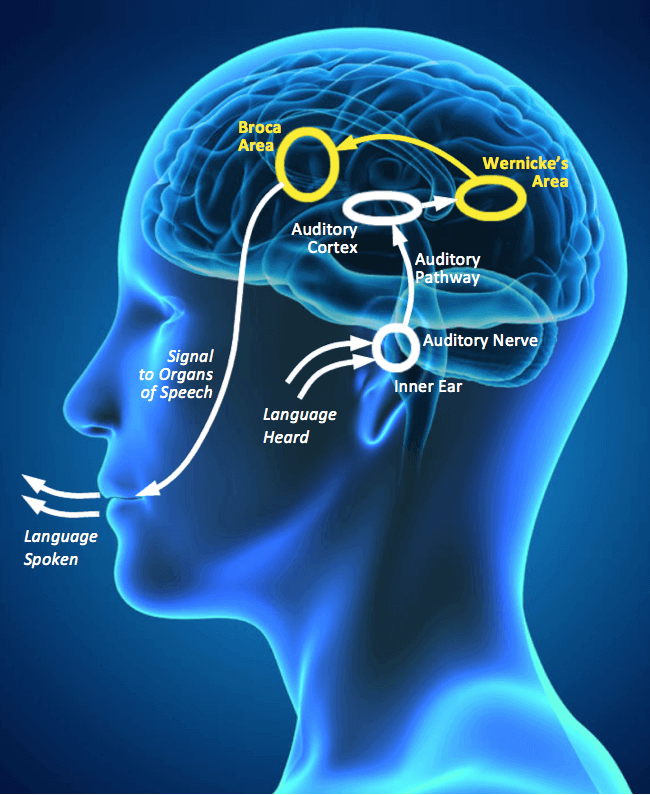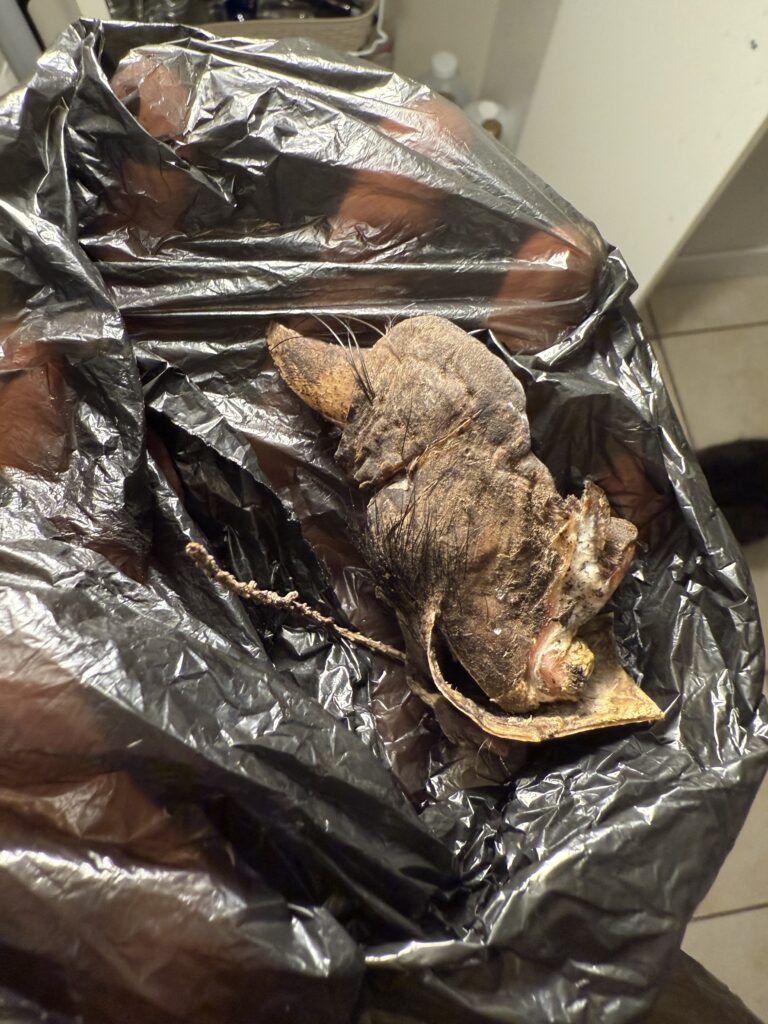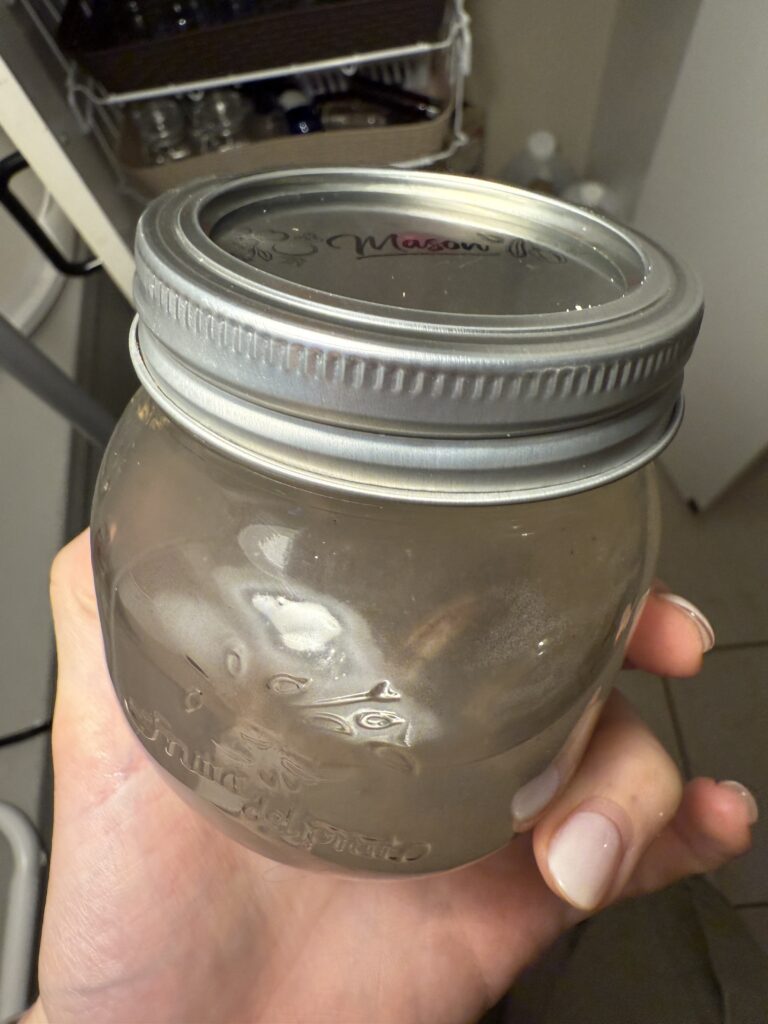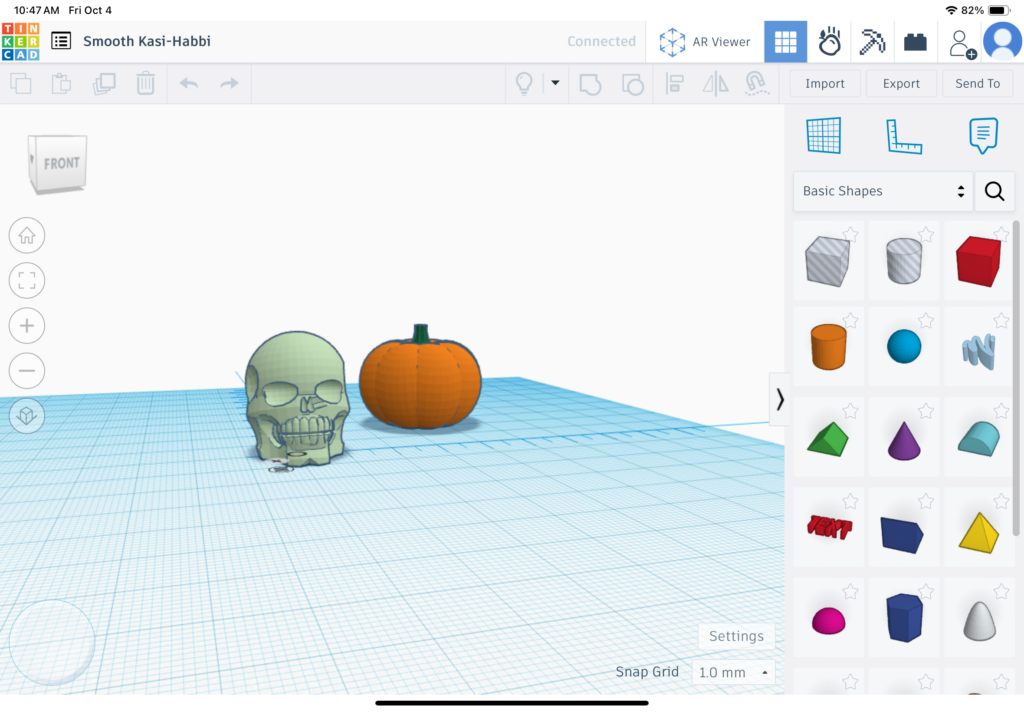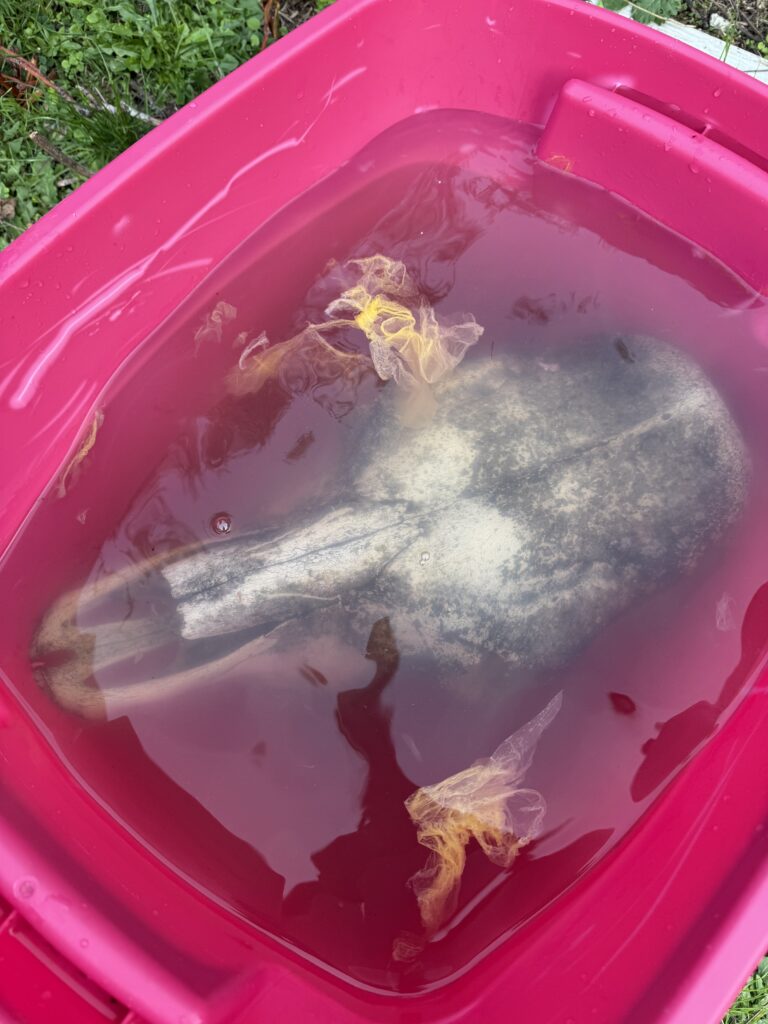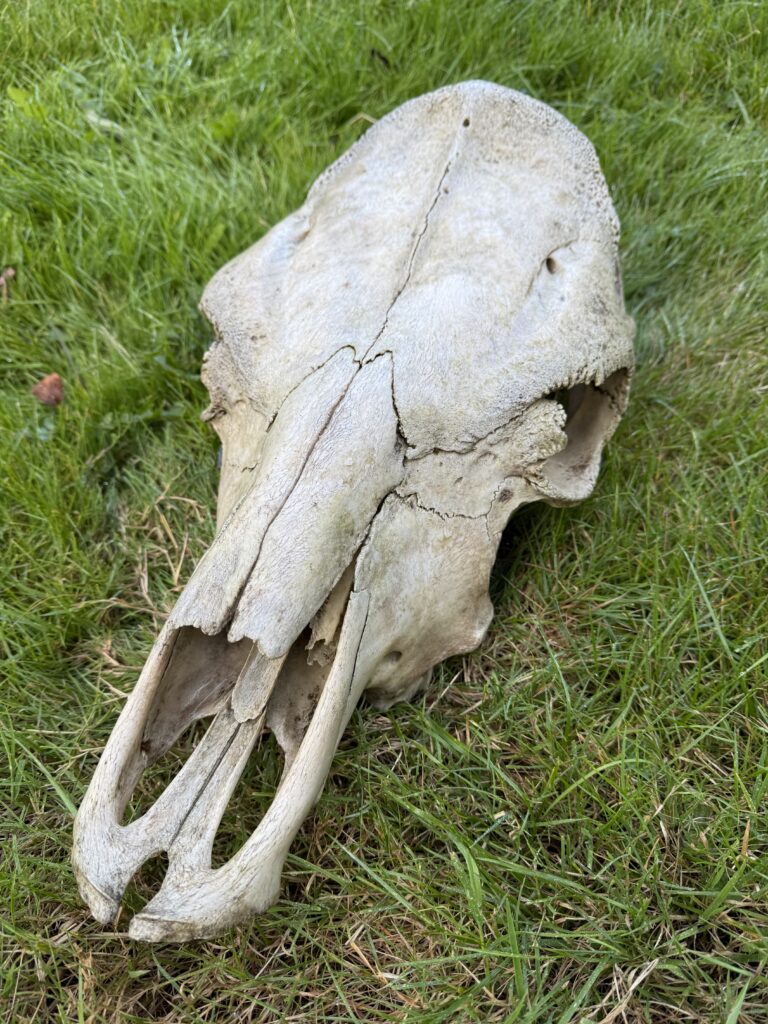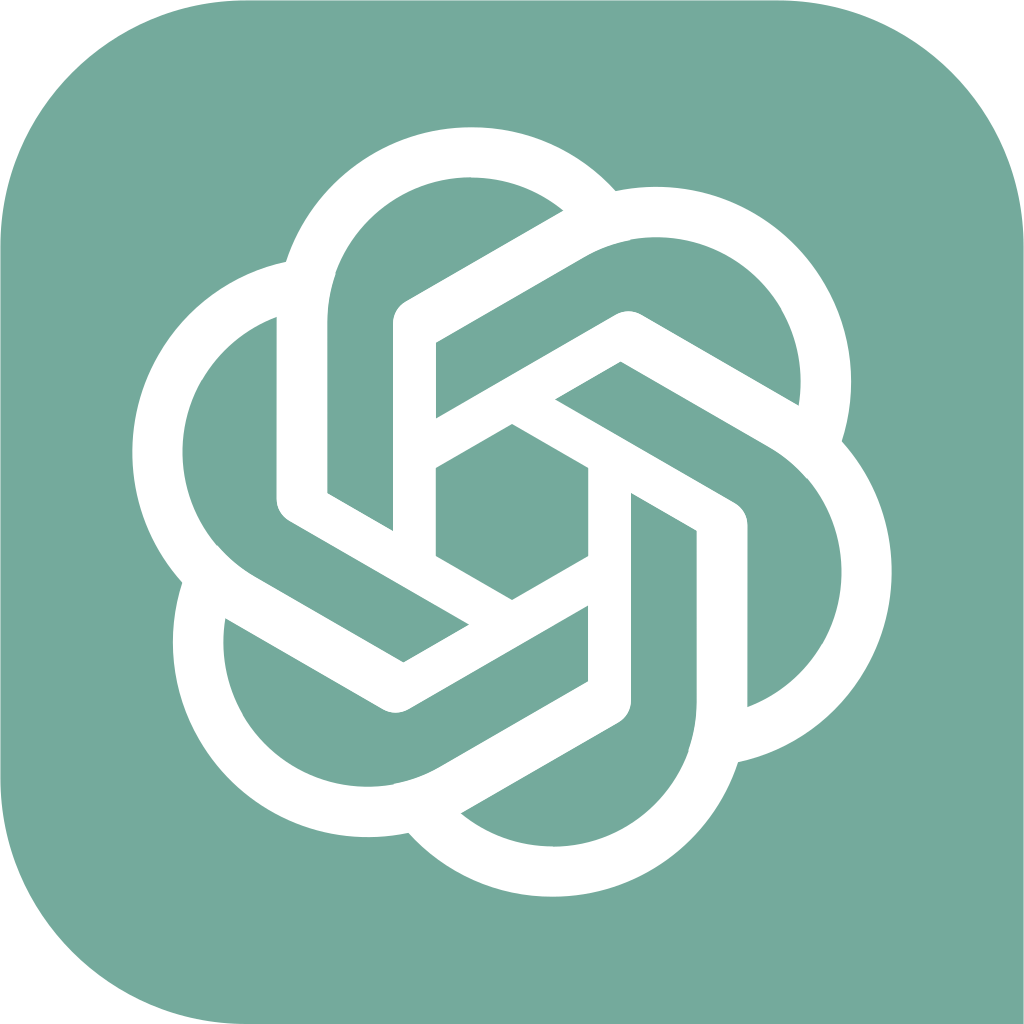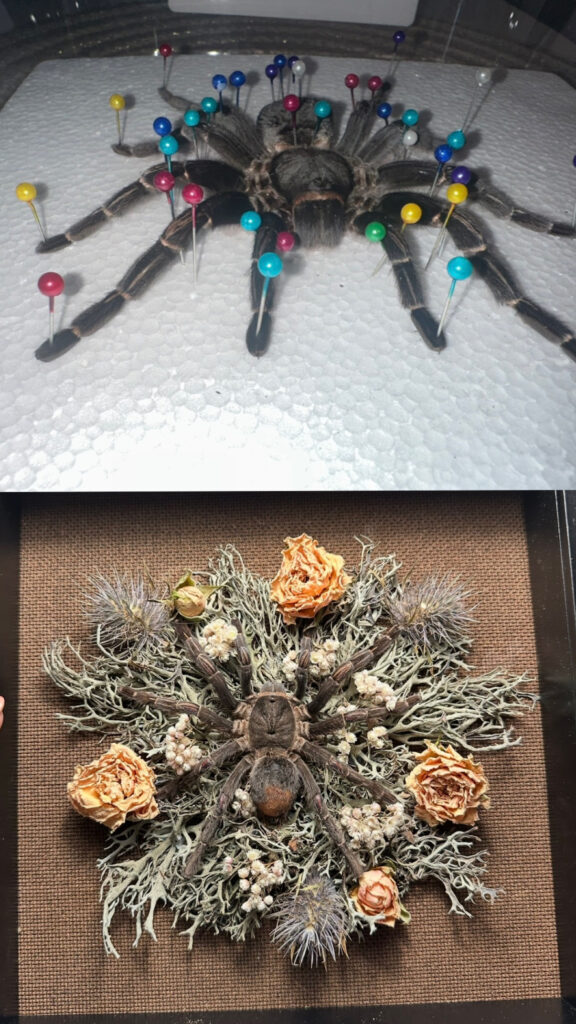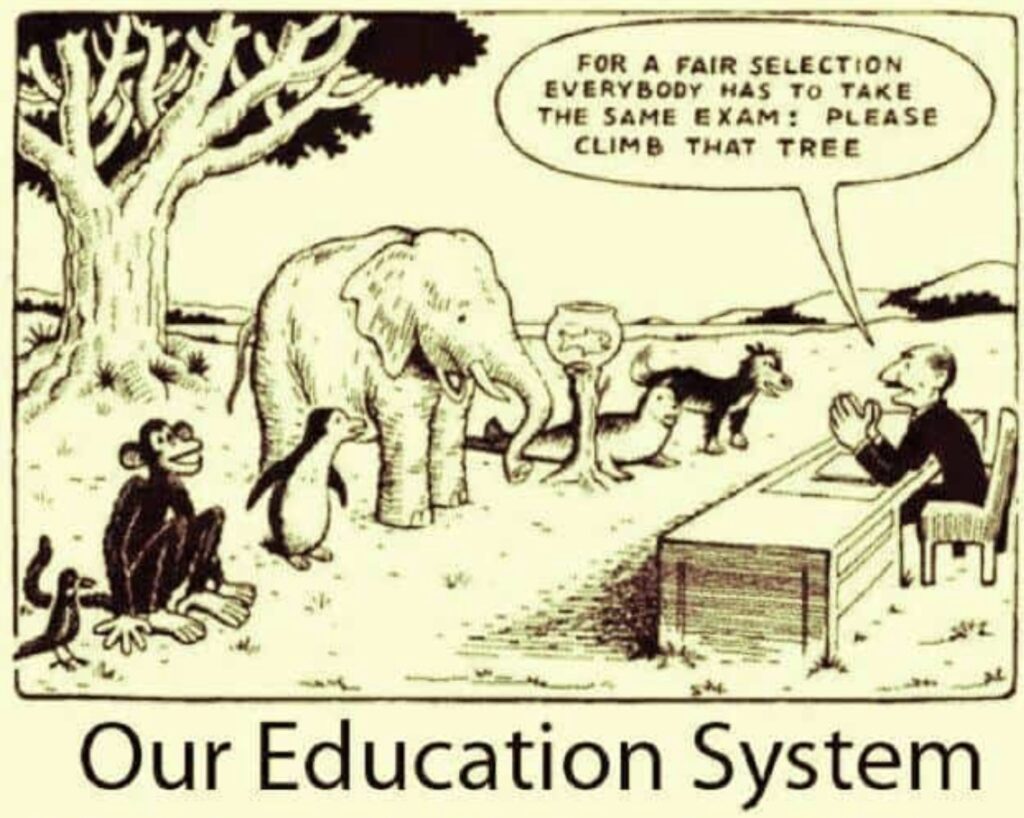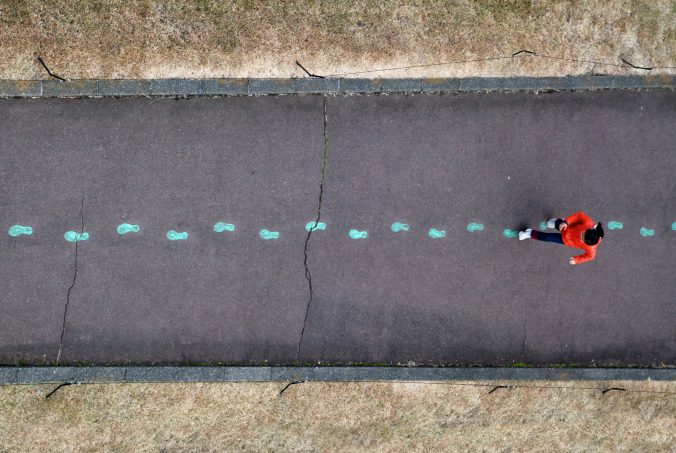I had planned to pin some bugs this week but I’ve been really sick and still don’t seem to be getting any better. I also don’t have the energy to work on my cow scull so I decided that I would use this week to get some inspiration for some new projects.
I saw this tiktok and immediately knew that I wanted to create one of these. I will be making a letterpress tray shelf filled with oddities and curiosities. First, as soon as im better ill be heading to the antique shoips and thrift stores to find a shelf or letterpress tray similar to the one in the video. I’m worried it will be hard to find one with a variety of sized cubbies that are small enough for tiny specimens.
When people visit my house for the first time I often have to warn them about the multiple unusual creatures and specimens I own. The longer you look, the stranger things get. My sanity is often questioned once they notice the pickled hamster in a jar on my bookshelf. I have quite the collection of tiny oddities scattered randomly around my house because i never know where to put them. An odditties and curiosities tray that I can hang on my wall would be so much better than having them placed randomly around my house. I also think it will be fun to fill up the little tray spaces with tiny side projects I complete throught my free inquiry project.
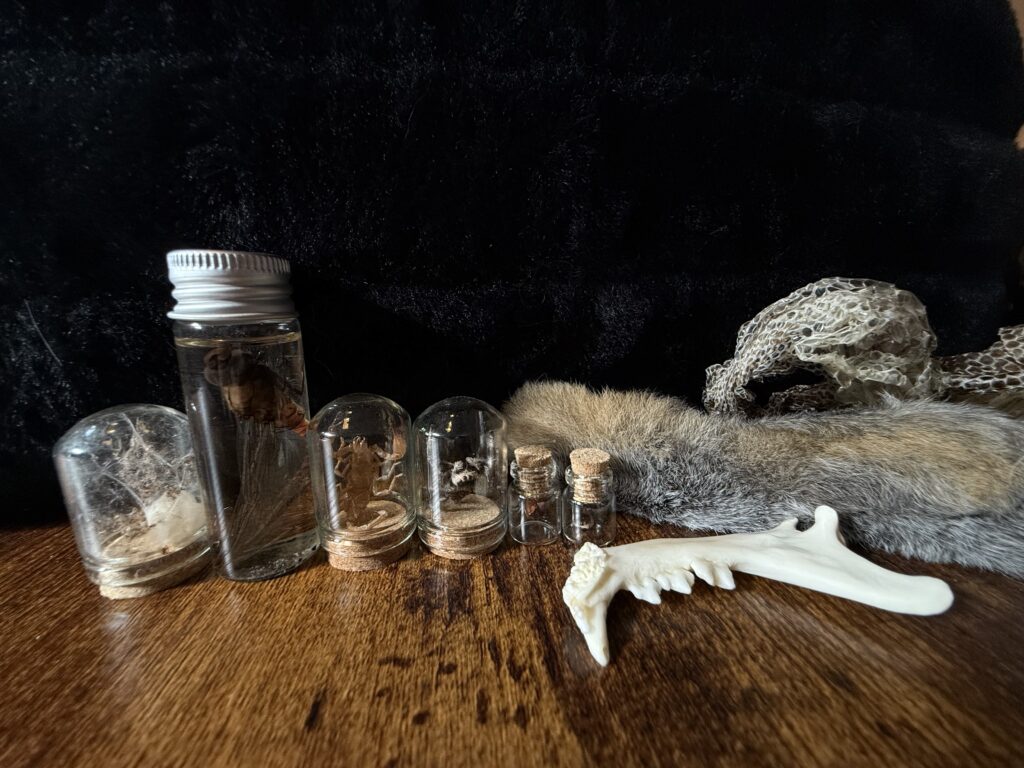
Above are a few tiny specimens I already own that I would add to my oddities and curiosities tray… From Left to Right:
- One of my pet Black Widows egg sacks that hatched inside the glass vial.1
- Dragon Fly Wet Specimen
- One of the Molts from my baby Asian Forest Scorpion (his name is Nero)
- My pet jumping spider that I preserved once she died of old age (her name is Dimitri)
- The Fangs from my Orange Baboon Tarantulas Molt when he was a baby (his name is nibbles because Orange Baboon tarantulas (OBT’s) are also known as Orange Bitey Things in the tarantula hobby)
- The “helmet” from one of Dimitri’s molts.
- Domestic Cat Jaw
- Rabbit Foot
- Snake shed from my Ball Python (her name is Lilith)
*Every specimen I own and will own are ethically scourced*
